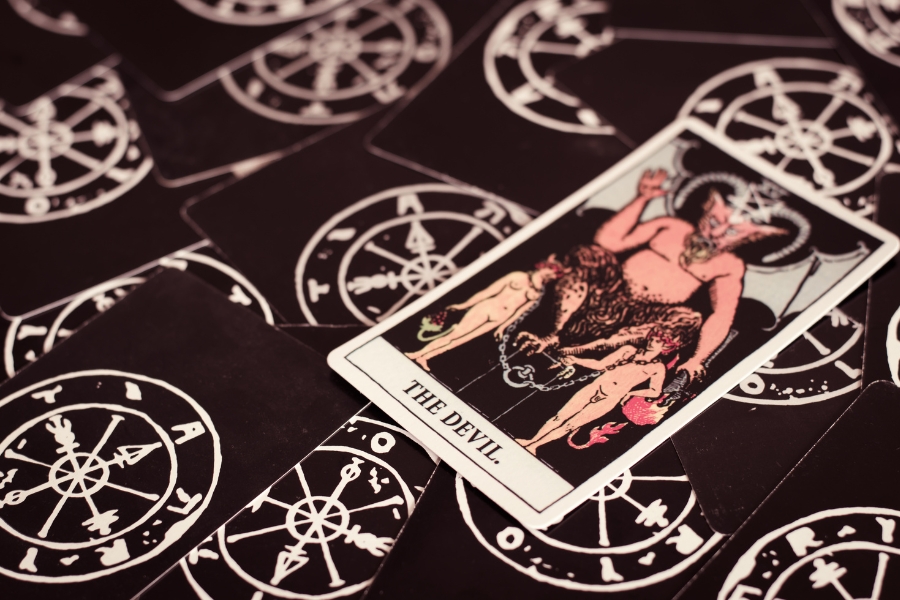
Are Tarot Cards Evil?
Exploring the Truth Behind the Myths
When it comes to tarot cards, few topics spark as much intrigue—and controversy—as the question of their morality. Are tarot cards inherently evil, or is their reputation simply the result of misunderstanding? Let’s delve into the history, symbolism, and modern uses of tarot to find a balanced answer.
The Origins of Tarot
Tarot cards originated in the 15th century as a card game called "tarocchi" in Europe. They were initially used for entertainment and bore no association with divination or spirituality. It wasn’t until the 18th century that mystics and occultists began using tarot as a tool for spiritual insight and self-reflection.
Understanding this history is key: tarot cards were not created with any sinister intent. Instead, their roots lie in art, storytelling, and cultural expression.
Symbolism and Interpretation
A tarot deck typically consists of 78 cards, each filled with rich imagery and symbolism. These cards are divided into two groups: the Major Arcana and the Minor Arcana. The Major Arcana represents significant life themes, while the Minor Arcana focuses on day-to-day events.
It’s important to note that tarot cards don’t predict the future in a deterministic way. Instead, they serve as a mirror, reflecting the user’s thoughts, emotions, and circumstances. The meanings of the cards are open to interpretation, making them tools for introspection rather than prophecy.
Why Do Some People Think Tarot Cards Are Evil?
The idea that tarot cards are evil often stems from religious or cultural beliefs. For example:
Religious Misunderstanding: Some religious traditions view tarot as a form of divination, which may be prohibited in their doctrines. This can lead to the perception that tarot is linked to supernatural or malevolent forces.
Pop Culture Depictions: Movies and TV shows often portray tarot in a dramatic or sinister light, reinforcing misconceptions.
Fear of the Unknown: People may fear what they don’t understand, associating tarot with occult practices and negative connotations.
Modern Uses of Tarot
Today, tarot is widely used as a tool for personal growth, mindfulness, and creativity. Many people turn to tarot for:
Self-Reflection: The cards encourage users to explore their emotions, challenges, and desires.
Problem-Solving: Tarot can offer new perspectives on dilemmas or situations.
Art and Inspiration: The rich imagery of tarot decks often inspires artists, writers, and creatives.
Addressing the "Evil" Label
It’s essential to approach tarot with an open mind. The cards themselves are neutral objects; it’s the intention behind their use that matters. Just like any other tool—a knife, a car, or even the internet—tarot can be used for good or ill depending on the user’s purpose.
If you’re curious about tarot but hesitant due to its reputation, consider exploring its history and symbolism. Learning more can help dispel fears and misconceptions.
Conclusion
So, are tarot cards evil? The short answer is no. They are simply tools, rich in history and symbolism, that can be used to explore the human experience. Whether you view tarot as a means of self-reflection or a creative outlet, its value lies in how it’s used and understood. Like anything in life, the power of tarot comes from the intent and perspective of the individual.
